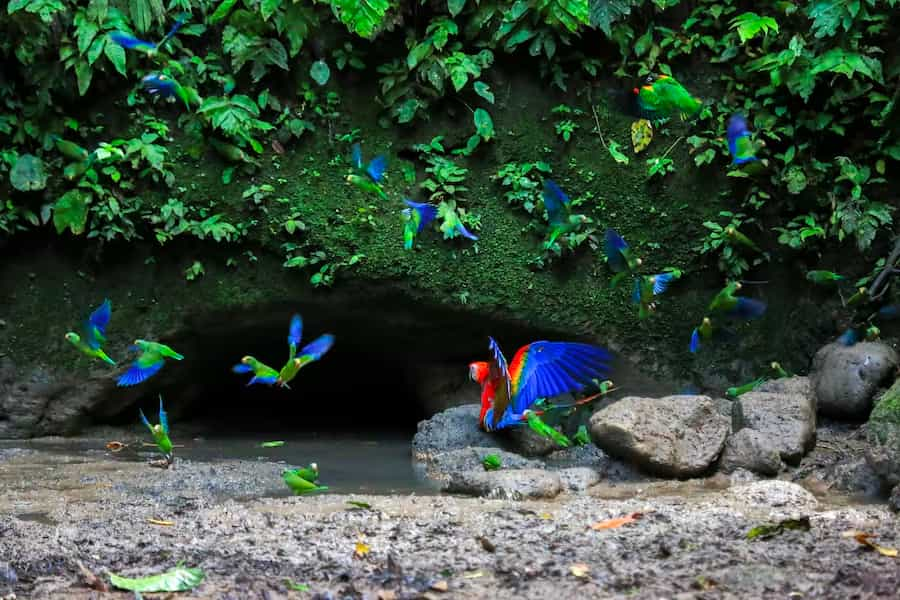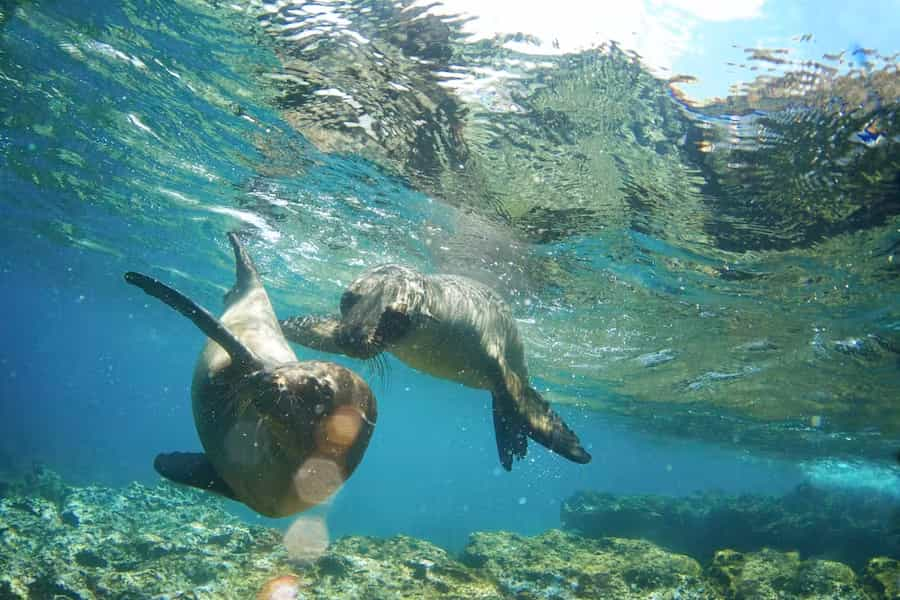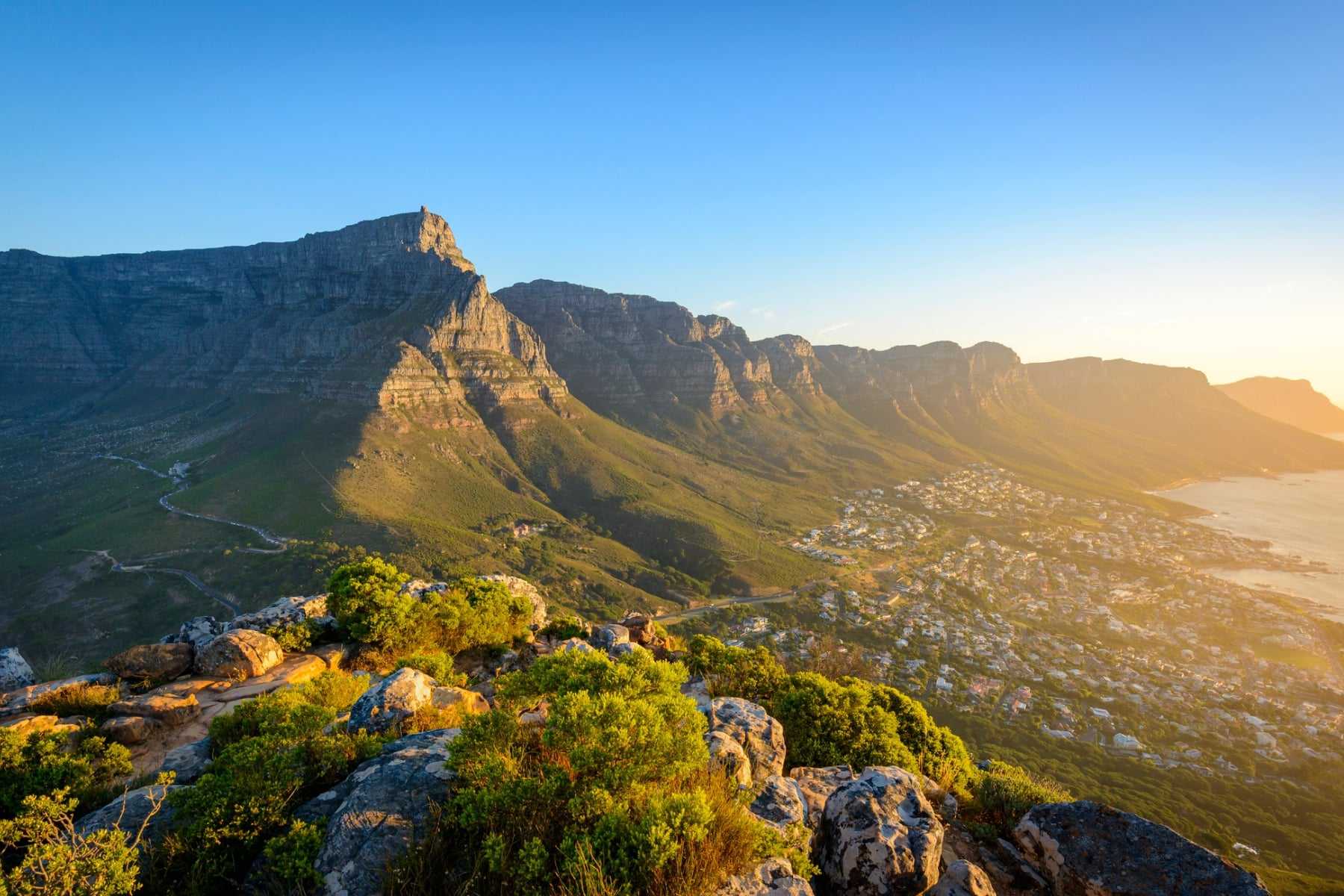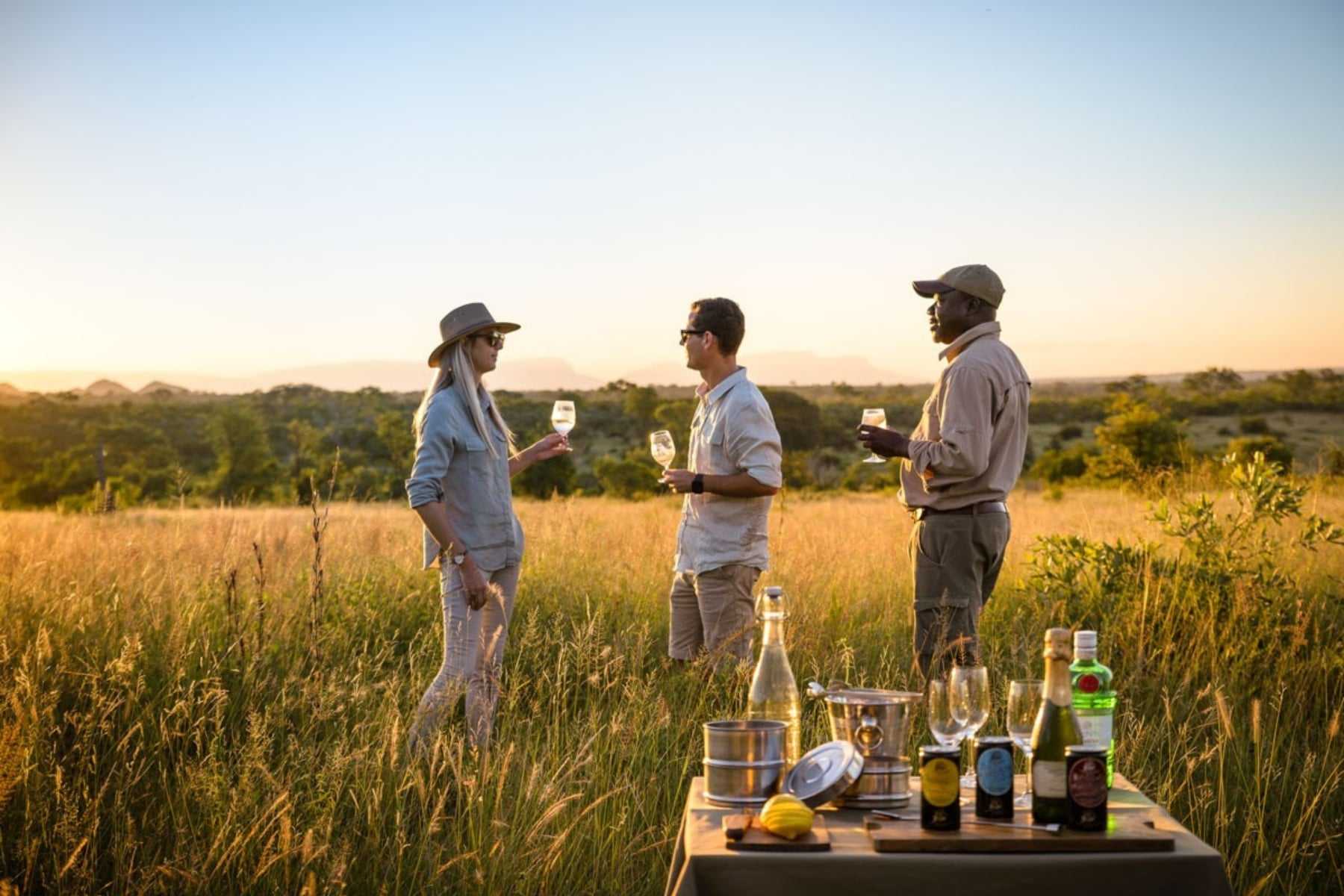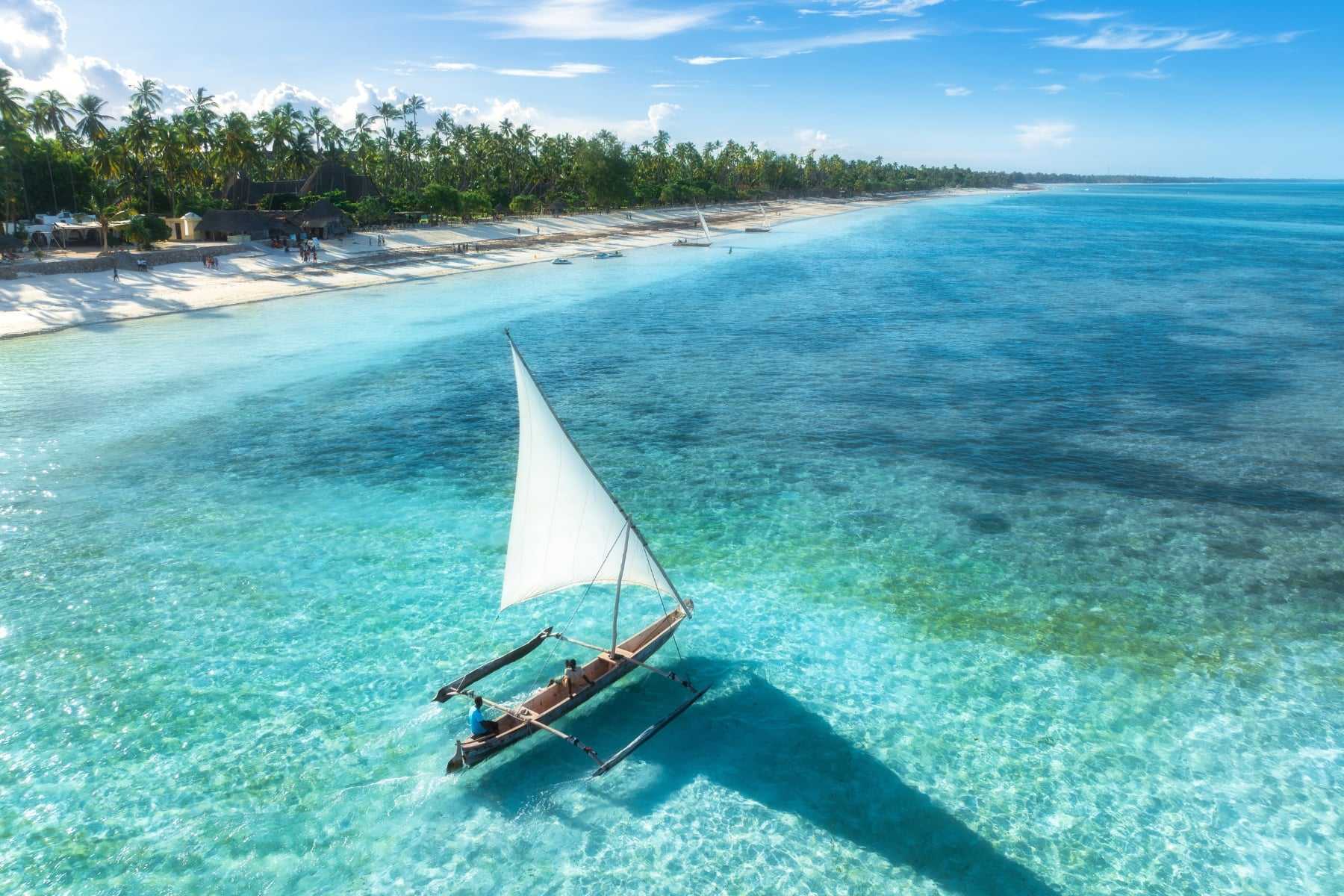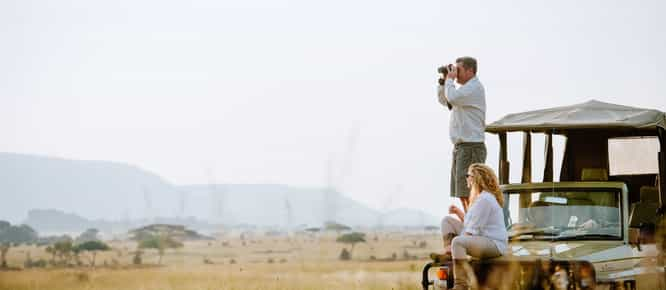Ecuador is the kind of country that overflows with sights. From the wilds of the Amazon and the iconic peaks of the Andes to an incredible pre-Incan history and the evolutionary wonders of the Galapagos Islands, it certainly crams in bucket-list adventures, despite being one of the smallest countries in South America. But with so much to do and see, visitors are often stumped about the best time to visit Ecuador. Well, that’s where we come in, and, thanks to a location right on the Equator, it’s easier than you might think to plan a trip…
A note to start
Ecuador has four very distinct regions and each has their own, equally as distinct, micro-climate: the Pacific coast, the Galapagos Islands, the Andes, and finally, the Amazon rainforest. Instead of being governed by the time of year, Ecuador’s weather is affected by the altitude and, when it comes to the Galapagos, the ocean.
June to November
June to November are considered the driest and coolest months across most of the country. You’ll be joined by plenty of other travellers, so booking as early as possible is advisable. Ecuador’s Andean cities (Quito and Cuenca), Cotopaxi and the Avenue of the Volcanoes are wonderful to visit no matter the date, but these relatively rain-free months offer clear, sunny skies, epic hikes and a greater chance of seeing the famous peaks without a covering of clouds. In June, Corpus Christi is celebrated throughout highland villages, where you’ll have the chance to experience the amazing masked dancers, traditional outfits and music.
While showers occur in the Cloud Forest year round, they are less frequent in this ‘dry season’, which makes hiking, canopy tours and birdwatching more pleasant and fruitful. Boating is available and the scenery is spectacular, throughout the year
The Galapagos Islands remain incredible during any and all months, although the garua mists roll in between July and December. The waters do tend to be choppier at this time of year, with slightly chillier temperatures, but the hiking is top-notch and nutrient-rich currents cause the marine flora to bloom and the wildlife puts on quite a show. Stand-out moments include the beginning of giant tortoise nesting and courting rituals by the bright, red-pouched frigate birds in June, whilst July means plenty of action amongst the seabirds – flightless cormorants perform delightful courtship dances and blue-footed boobies start nesting. By August, giant tortoises return to the highlands of Santa Cruz where you can hike amongst them and the sea lion birthing season is in full swing.
In September, marine animals are especially spirited. Look out for whales, dolphins, Galapagos fur seals and penguins leaping from nearby cliffs and whizzing like torpedoes through the water. By October, the waters begin to calm again and the fur seal mating season takes off, while blue-footed booby hatchlings can be spotted on Espanola and Punta Vicente Roca. In November, adorable sea lion pups play in the water and may even venture close enough to snorkellers to nibble at their fins.
Take yourself on a trip through Ecuador of old and the Andes, or into Ecuador’s natural gems, the Cloud Forest and Amazon (if you don’t mind the humidity).
December to May
Regarded as the warm, rainy season across much of Ecuador, this is a particularly good time to enjoy the beaches along the Pacific coast when temperatures are high and rainfall alternates with idyllic blue skies.
Between January and June, the Galapagos Islands enjoy sunny days with few showers and the surrounding waters are at their warmest and clearest, making snorkelling and diving a dream. Wildlife highlights at this time of year include the start of giant tortoise hatching (from December to April), the arrival of the green sea turtles in January to lay their eggs (hatching begins in April), and in February, flamingos start nesting on Floreana Island. In March, marine iguanas nest on Fernandina and the Galapagos penguins are extremely active around Punta Vicente Roca, whilst May is a flurry of activity on both land and sea.
In the Amazon, there is a rainy and even rainier season, and the driest period falls between December and February. A visit during these months means hiking trails are more accessible and there’s an increased chance of spotting primates amongst the 300 other mammal species. The rivers are lower too, allowing for good sightings of caimans. But, if you’re a keen twitcher, be aware that some of the coveted bird species are not present during these drier months.
Ecuador has a long tradition of festivals and fiestas. Carnaval, one of the most exuberant, is celebrated between February and March and, if you’re visiting on 6 December, the Foundation of Quito Festival is a mix of lively street parties and parades.
Any of our Galapagos trips will be fantastic at this time of year, including a journey by land and sea, the islands of the Galapagos or adding a few days in the Amazon with our Epic Ecuador trip.
Ultimately, it’s never a bad time to find yourself in Ecuador but the in-between months of May and November offer the best of both seasons with lovely weather, ideal ocean conditions, and (handily!) fewer tourists.
